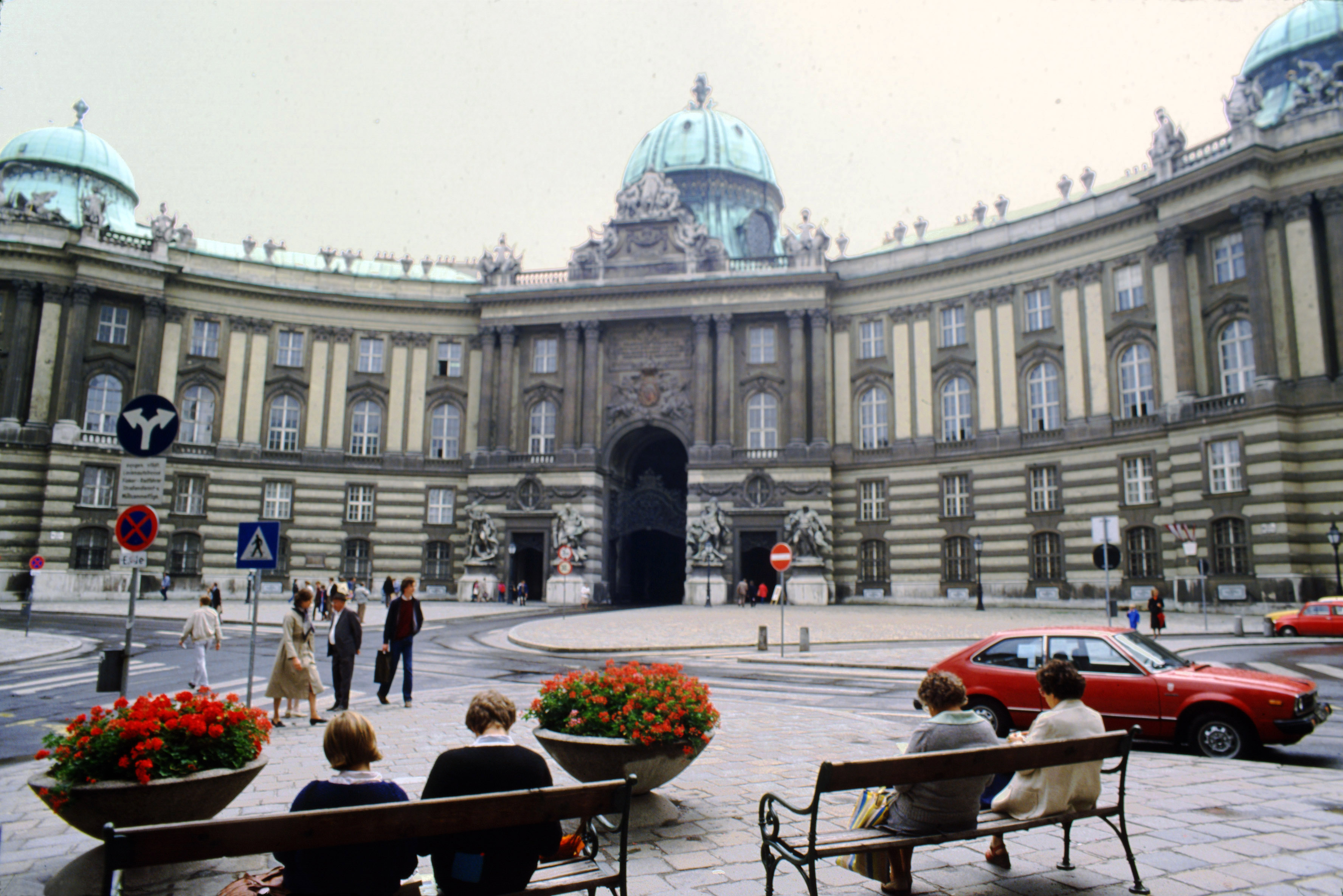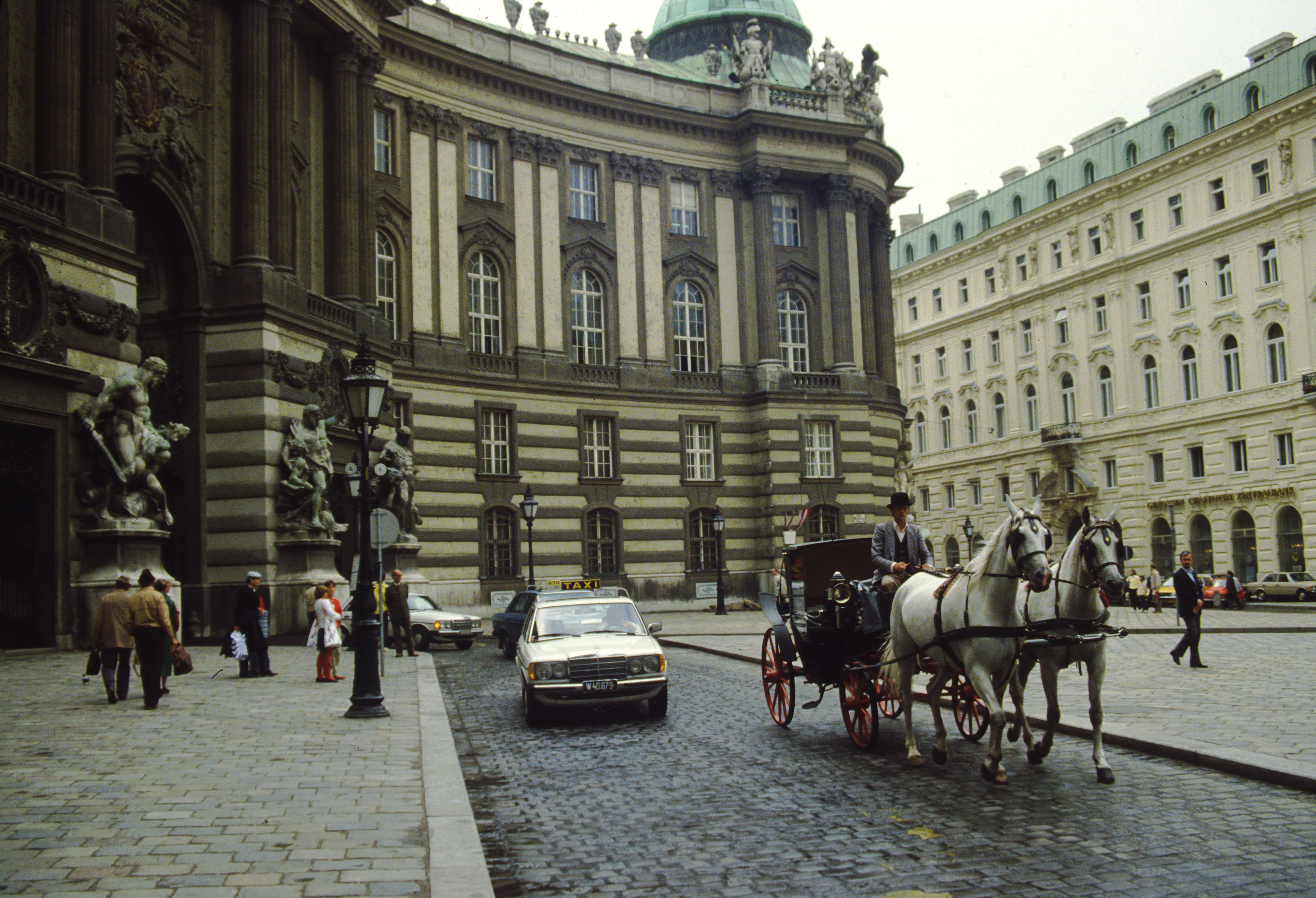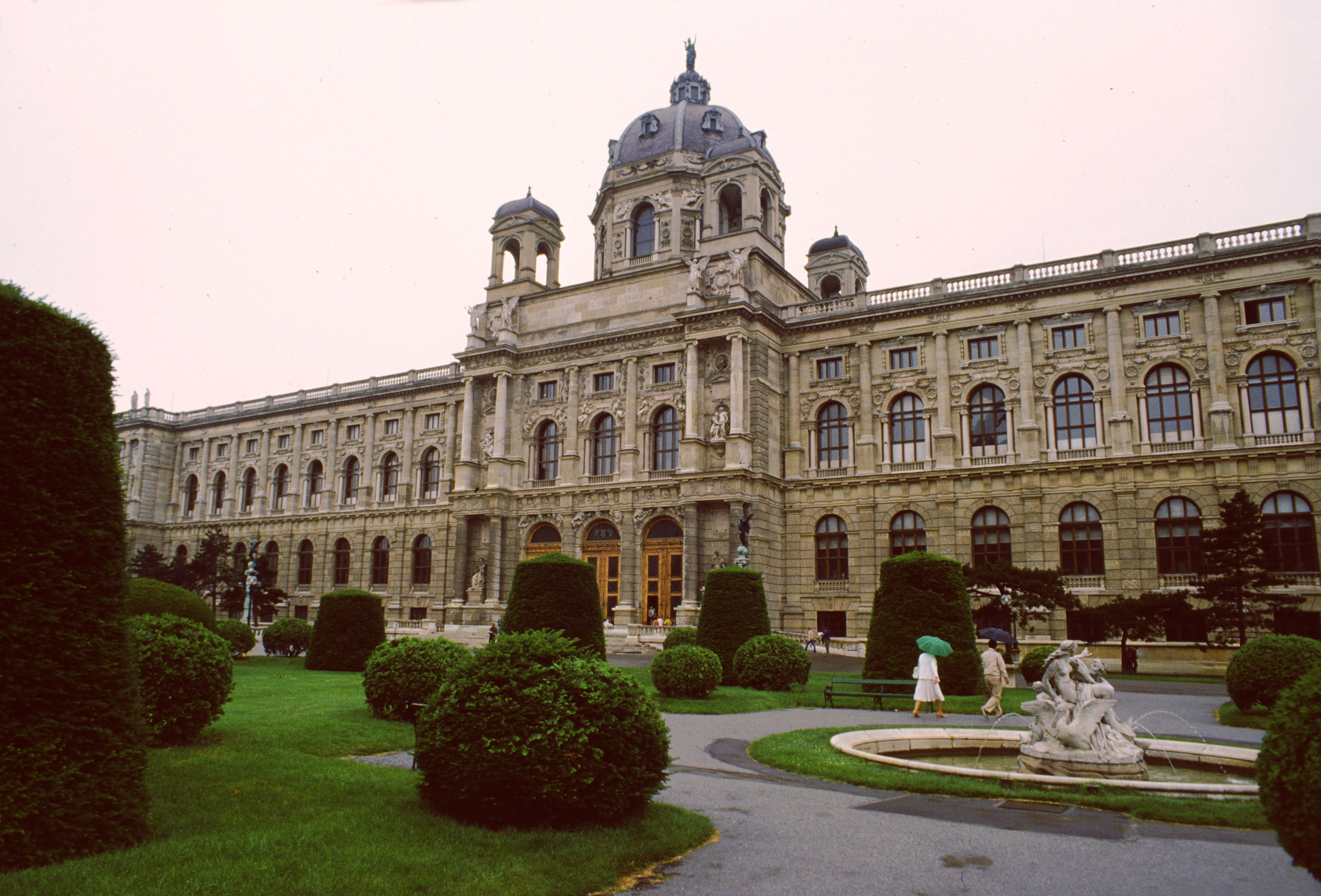|
Michael A. Stecker
|
 The Hofburg in Vienna Austria For centuries the Vienna Hofburg was the home to monarchs of the Habsburg empire. Today the palace houses three museums which afford historically authentic insights into the traditions and everyday life of the imperial court: The Imperial Apartments with their original furnishings and decoration, the Sisi Museum with its sensitive staging of the empress' life, and the Imperial Silver Collection which contains a range of tableware and other utensils used at the imperial court.
History of
the Habsburg dynasty The House takes its name from Habsburg Castle, a
fortress built in the 1020s in present-day Switzerland, in the
canton of Aargau, by Count Radbot of
Klettgau, who chose to name his fortress Habsburg. His grandson Otto II
was the first to take the fortress name as his own, adding "Count of
Habsburg" to his title. By 1276, Count Radbot's seventh generation
descendant Rudolph of Habsburg moved the family's power base from Habsburg
Castle to the Duchy of Austria. Rudolph became King of Germany in 1273,
and the dynasty of the House of Habsburg was truly entrenched in 1276 when
Rudolph became ruler of Austria, which the Habsburgs and their descendants
ruled until 1918.
|
 |
 Hofburg --Vienna's Imperial Palace Vienna's Imperial Palace, the Hofburg, was for centuries the seat of the Habsburgs, rulers of Austria until the end of WWI (1918-1919). A great deal of European history was written here, in particular by Empress Maria and, for a while, the German Emperor. Today, it's the official seat of the Austrian Head of State, the Federal President.
The palace complex is particularly
interesting as its buildings reflect more than 700 years of Hapsburg
history since 1275. As a result, the Hofburg shows many different
architectural styles, from Classical to Gothic to Renaissance, Baroque to
Rococo. The oldest part of the complex, the Royal Chapel (Burgkapelle)
dates from the 13th century. It's notable as the home of the famed
Vienna Boys' Choir, who can be seen in action during
Sunday Together with its many squares
and gardens, the Hofburg occupies an area of some 59 acres comprising 18
groups of buildings, 19 courtyards, and |